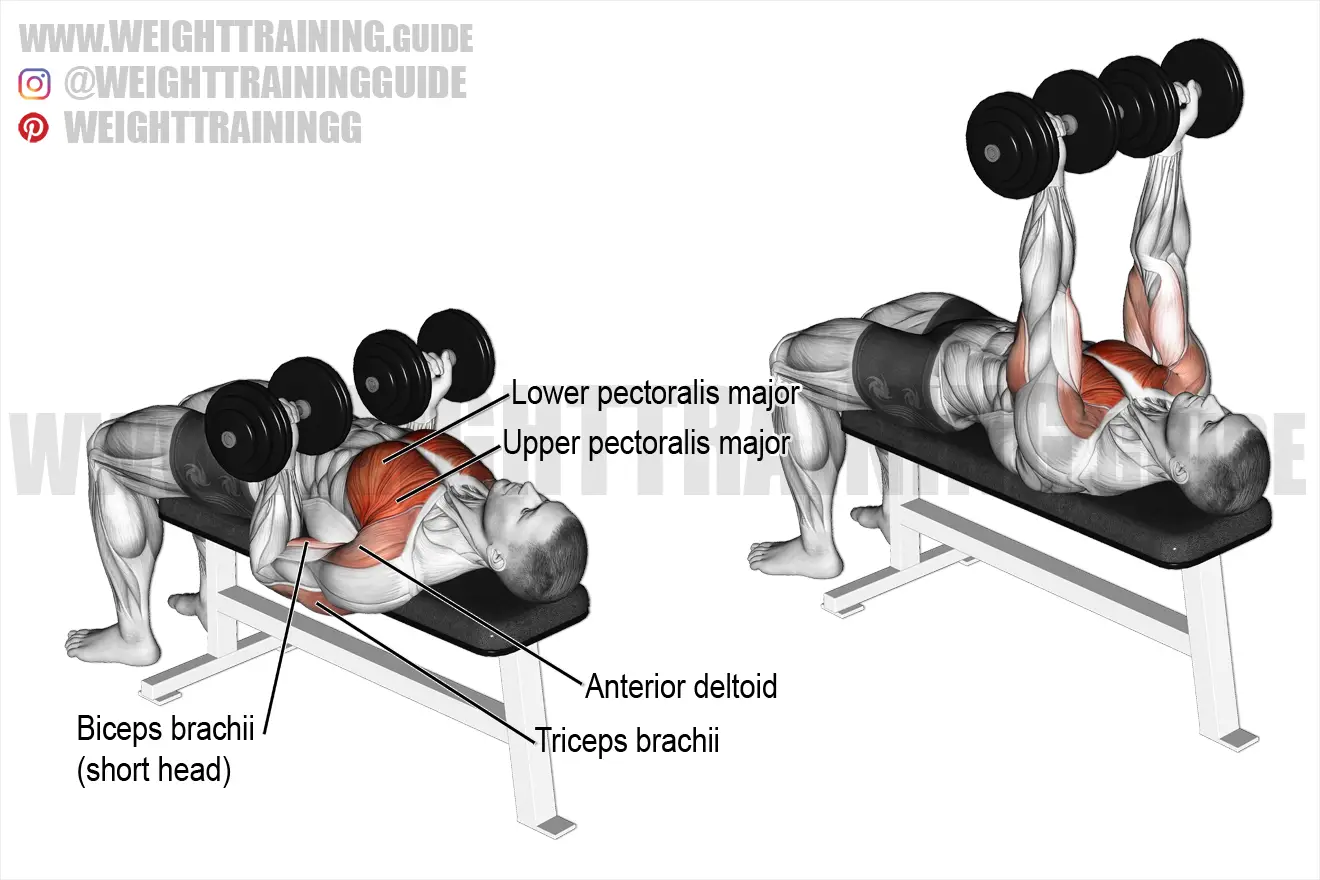
Mastering the Dumbbell Bench Press Technique
Understanding the Basics
Before delving into the intricacies of mastering the dumbbell bench press, it’s crucial to grasp the foundational elements of this exercise. The dumbbell bench press primarily targets the chest muscles, specifically the pectoralis major, while also engaging the shoulders and triceps.
Perfecting Your Form
Achieving optimal results from the dumbbell bench press starts with perfecting your form. Begin by lying flat on a bench, ensuring your feet are firmly planted on the ground. Grip the dumbbells firmly, with your palms facing forward and your arms extended above your chest.
Maintaining Proper Alignment
Maintaining proper alignment throughout the exercise is essential for both safety and effectiveness. Keep your back flat against the bench and your core engaged to provide stability. As you lower the dumbbells towards your chest, aim to maintain a 90-degree angle at the elbows.
Controlling the Descent
The descent phase of the dumbbell bench press is just as important as the ascent. Focus on controlling the movement as you lower the dumbbells towards your chest, allowing your elbows to form a slight angle. Avoid letting the weights drop too quickly, as this can strain the shoulders and diminish the effectiveness of the exercise.
Engaging the Muscles
To maximize muscle engagement, focus on squeezing your chest muscles as you press the dumbbells back up to the starting position. Visualize pushing the weights together at the top of the movement to fully activate the pecs. Remember to exhale as you exert force during the pressing phase.
Adjusting Your Grip
Experimenting with different grip widths can target different areas of the chest. A wider grip will emphasize the outer chest, while a narrower grip will target the inner chest and triceps more effectively. Find a grip width that feels comfortable and allows you to maintain proper form throughout the exercise.
Progressive Overload
Like any strength-training exercise, progressive overload is key to continued improvement with the dumbbell bench press. Gradually increase the weight as you become stronger, ensuring that you’re consistently challenging your muscles to adapt and grow. Aim for gradual, incremental increases to avoid injury.
Incorporating Variation
To prevent plateaus and keep your workouts interesting, consider incorporating variations of the dumbbell bench press into your routine. Incline and decline bench presses target different areas of the chest and can help to develop overall chest symmetry. Additionally, experimenting with tempo variations and incorporating unilateral movements can add variety and challenge to your workouts.
Listening to Your Body
As with any exercise, it’s important to listen to your body and adjust your approach accordingly. If you experience any discomfort or pain while performing the dumbbell bench press, take a step back and reassess your form. Consulting with a qualified fitness professional can provide valuable guidance and ensure that you’re performing the exercise safely and effectively.
Consistency is Key
Ultimately, mastering the dumbbell bench press requires dedication, patience, and consistency. By focusing on proper form, progressively overloading your muscles, and incorporating variation into your workouts, you can build strength, muscle mass, and definition in your chest and upper body. Remember to approach each workout with intention and focus, and you’ll be well on your way to achieving your fitness goals. Read more about dumbbell bench press
